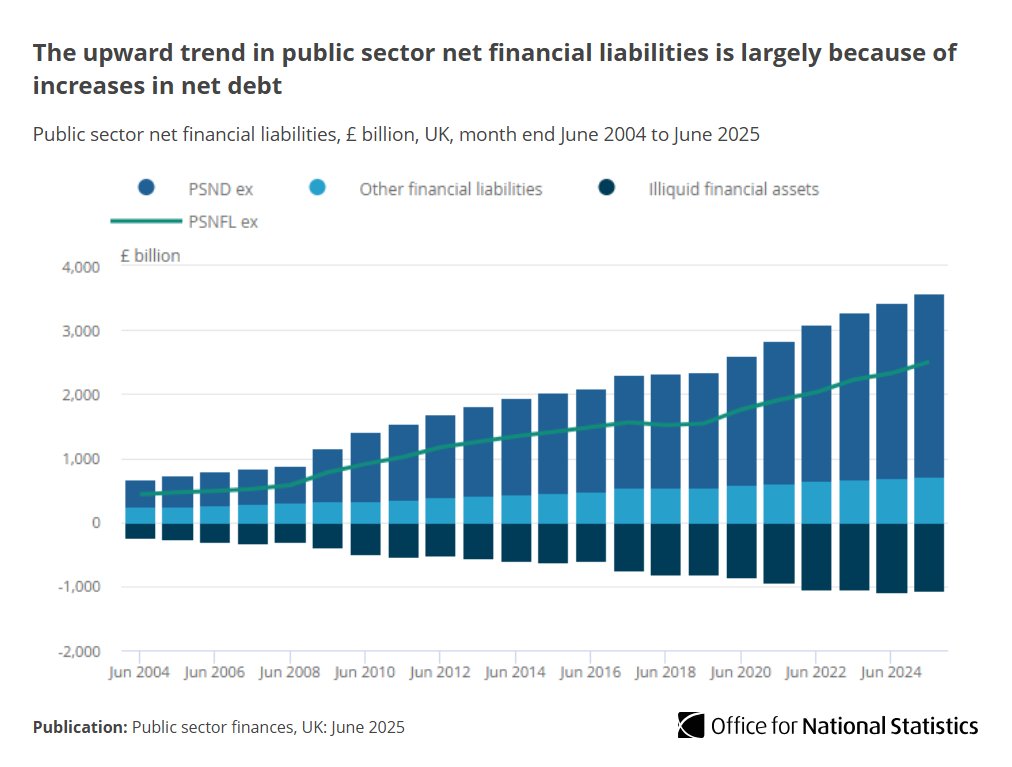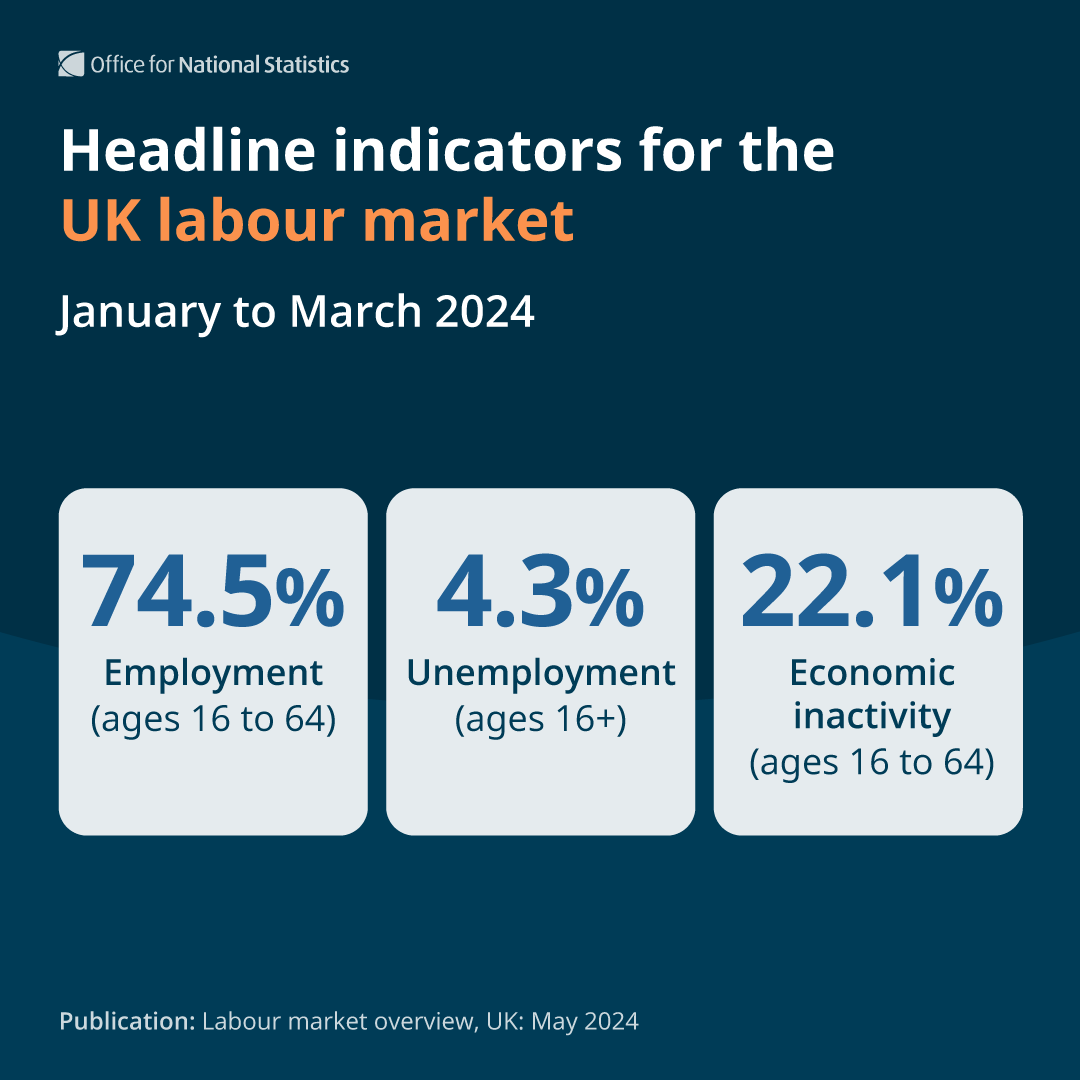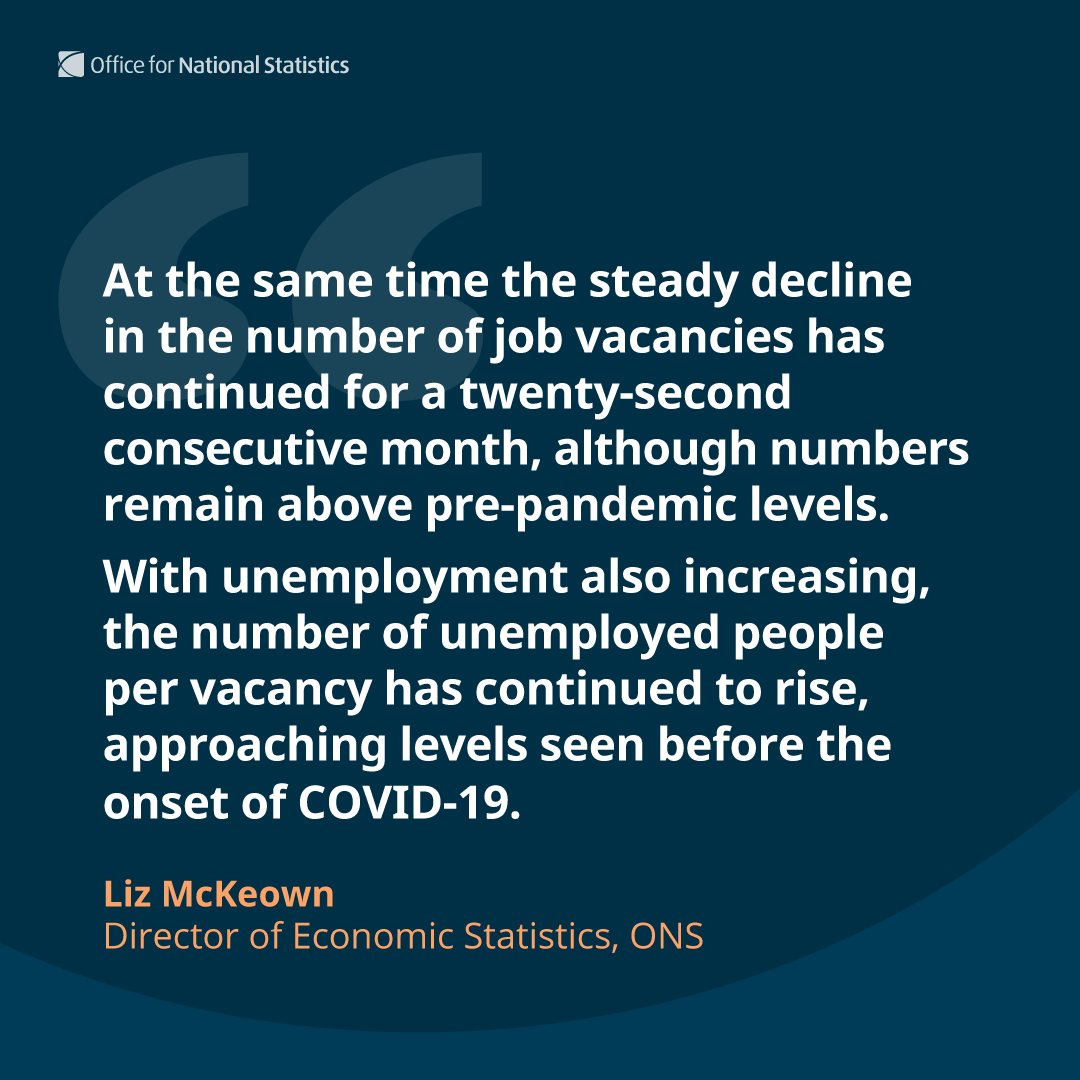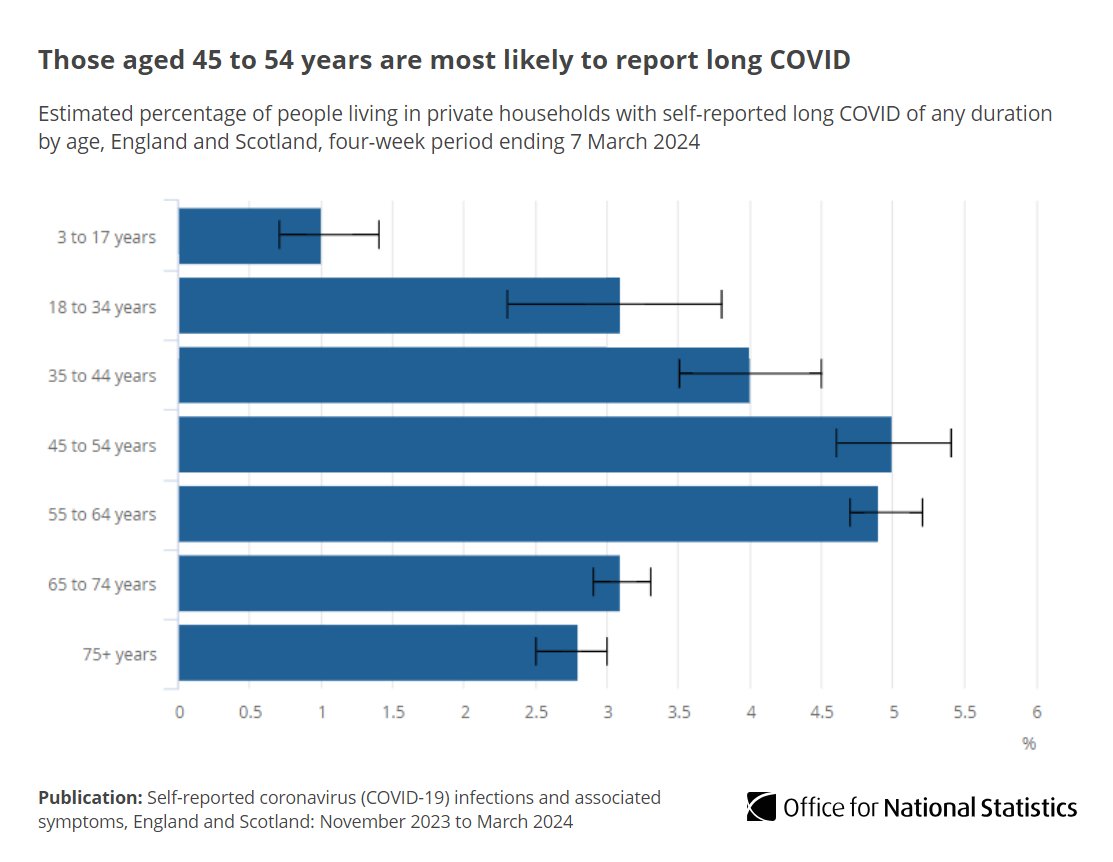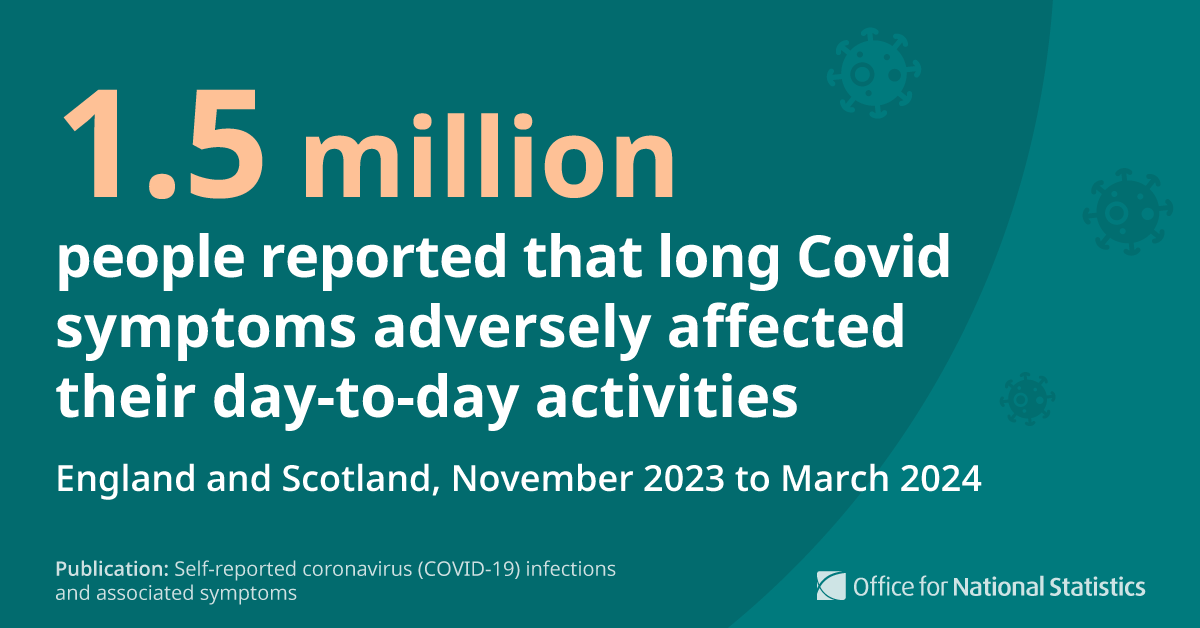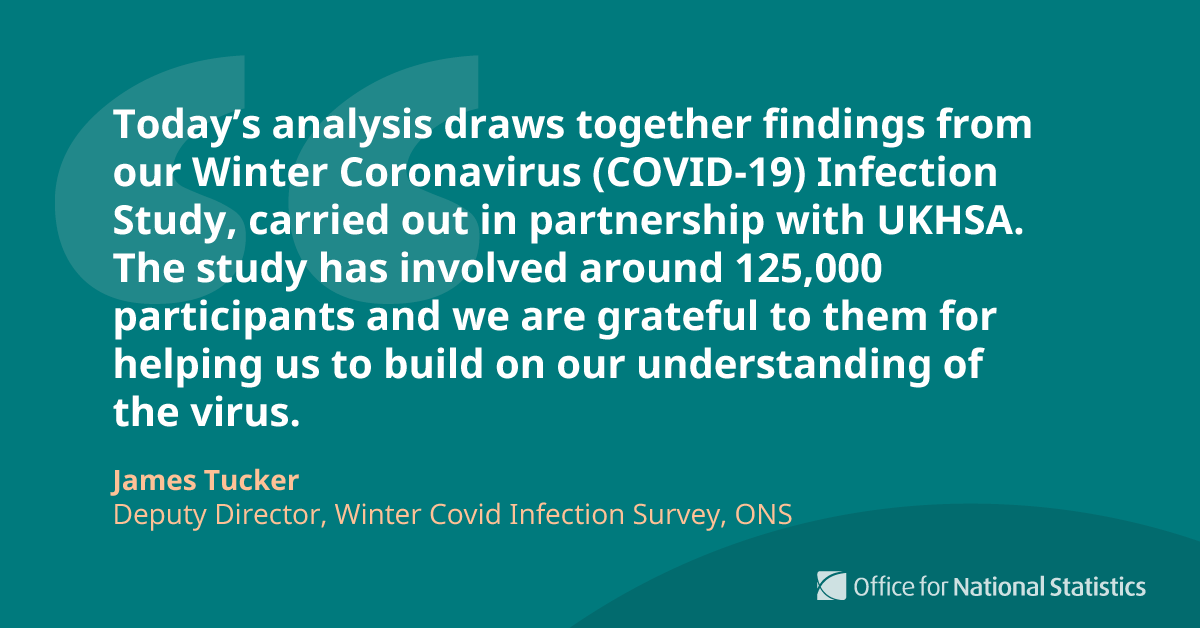The results of #Census2021 show the population of England and Wales continues to grow and is the oldest it has ever been 🧓👴
In partnership with @Age_uk, @Ageing_better and @ILCUK, we explore why ageing matters and what the data tells us.
➡️ ow.ly/IxeY50LrL9e
In partnership with @Age_uk, @Ageing_better and @ILCUK, we explore why ageing matters and what the data tells us.
➡️ ow.ly/IxeY50LrL9e

#Census2021 results confirmed there are more people than ever before in the older age groups in England and Wales - with over 11 million people (or 18.6% of the population) aged 65+ 📈
Commenting on this, head of the Ageing Analysis team at ONS, Angele Storey said: (1/1)
⬇️
Commenting on this, head of the Ageing Analysis team at ONS, Angele Storey said: (1/1)
⬇️

Zafar Kayani (aged 65) lives in Bradford.
He has three sons, four grandchildren and works full-time in community engagement for a voluntary group for dads and young children. He is also a yoga teacher. He said: (1/1)
⬇️
He has three sons, four grandchildren and works full-time in community engagement for a voluntary group for dads and young children. He is also a yoga teacher. He said: (1/1)
⬇️

Those in older age groups are as diverse as the rest of the population, and it is important not to assume everyone has the same issues and needs simply because of their age.
Dr Elizabeth Webb, head of research at Age UK, explains: (1/1)
⬇️
Dr Elizabeth Webb, head of research at Age UK, explains: (1/1)
⬇️

We spoke to several people from older age groups, including Joan (aged 75) from Halifax.
Joan has a son and volunteers in a drop-in centre for older people. She said: (1/1)
⬇️
Joan has a son and volunteers in a drop-in centre for older people. She said: (1/1)
⬇️

Census analysis taking place next year will allow us to have the most up to date, detailed picture of the lives of older people.
David Sinclair, chief executive of @ILCUK said one of the main challenges of our ageing population is how we support people to age well: (1/1)
⬇
David Sinclair, chief executive of @ILCUK said one of the main challenges of our ageing population is how we support people to age well: (1/1)
⬇

Andrew Eastell from Bradford describes himself as “a young old man”.
Now aged 65, he used to run a property renting business which has been taken over by one of his five children. He said: (1/1)
⬇️
Now aged 65, he used to run a property renting business which has been taken over by one of his five children. He said: (1/1)
⬇️

#Census2021 data shows the local authorities with the highest median ages were:
▪️ North Norfolk (33.5% of residents were aged 65+)
▪️ Rother (32.4%)
▪️ East Lindsey (30.4%)
Dr Aideen Young from @Ageing_better highlights some of the challenges facing older people: (1/1)
⬇️
▪️ North Norfolk (33.5% of residents were aged 65+)
▪️ Rother (32.4%)
▪️ East Lindsey (30.4%)
Dr Aideen Young from @Ageing_better highlights some of the challenges facing older people: (1/1)
⬇️

Lizzie Gent (aged 64) lives in Manchester and is a part-time librarian and volunteer.
Her mother lives in a care home and is 99-years-old: (1/1)
⬇️
Her mother lives in a care home and is 99-years-old: (1/1)
⬇️

Read the full article providing expert views on a range of issues related to ageing and explain why #Census2021 data is particularly useful.
➡️ ow.ly/IxeY50LrL9e
➡️ ow.ly/IxeY50LrL9e
• • •
Missing some Tweet in this thread? You can try to
force a refresh



